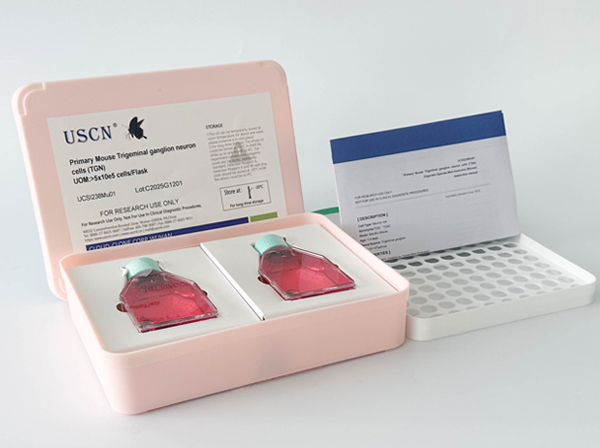Rat Model for Calvarial Defects (CD)
Calvarial Bone Defects,Skull Defects,Cranial defects
- Product No.UDSI844Ra01
- Organism SpeciesRattus norvegicus (Rat) Same name, Different species.
- Prototype SpeciesHuman
- SourceSkull drilling
- Model Animal StrainsSD Rats(SPF), healthy, male, body weight 180g~200g
- Modeling Grouping1.Randomly divided into six group: Control group, Model group, Positive drug group and Tested drug group.
- Modeling Period6w
- Modeling MethodThe rats were subjected to abdominal anesthesia. After the effect of anesthesia, the skull area was covered with skin, disinfected and towel, and the rats were placed in a prone position. A 3cm longitudinal incision was made in the skull of the rats, the skin, subcutaneous tissue and muscle-periosteum layer were cut and flaps were performed, and the skull bone plate was exposed by blunt separation.Two round full-thickness periosteum bone defects with diameters of 5mm were made on both sides of the cranial suture with a high speed drill with a 5mm outer diameter.
The animals were sacrificed 8 weeks after operation, and the skull and periosteum of the defect site were taken and preserved in 10% neutral formalin solution. - ApplicationsBone graft materials are commonly used to regenerate bone defects
- Download n/a
- UOM Each case
-
FOB
US$ 120
For more details, please contact local distributors!
Model Evaluation of the Rat Model for Calvarial Defects (CD)
1. High resolution Micro-CT quantification of osteolysis
Determine the area and extent of bone resorption:
ImageJ software was used to quantify the osteolysis region.Skull reconstruction.Regional interest (ROI) includes the frontal, parietal, and interparietal bones.Overview, measurement and recording of osteolysis areas.
Pathological Results of the Rat Model for Calvarial Defects (CD)
2. Pathological staining (MicroCT samples can be used for pathological examination)
(1) Osteogenic staining Runx2, OCN (IHC)
(2) Quantitative TRAP staining for osteoclasts
(3) HE staining
Cytokines Level of the Rat Model for Calvarial Defects (CD)
3. Peripheral blood cytokine ELISA:
Th1 cytokines: IL-2, TNF-α, IFN-γ
Th2 cytokines: IL-4, IL-6, IL-10
Th17 cytokine: IL-17A
Statistical Analysis of the Rat Model for Calvarial Defects (CD)
SPSS software is used for statistical analysis, measurement data to mean ± standard deviation (x ±s), using t test and single factor analysis of variance for group comparison, P<0.05 indicates there was a significant difference, P<0.01 indicates there are very significant differences.
GIVEAWAYS
INCREMENT SERVICES
Primary Cells Customized Service
Total Protein/DNA/RNA Extract Customized Service
Tissue/Sections Customized Service
Serums Customized Service
Immunohistochemistry (IHC) Experiment Service
Real Time PCR Experimental Service
Nitric Oxide Assay Kit (A012)
Nitric Oxide Assay Kit (A013-2)
Total Anti-Oxidative Capability Assay Kit(A015-2)
Total Anti-Oxidative Capability Assay Kit (A015-1)
Cloud-Clone Multiplex assay kits
Related products
| Catalog No. | Organism species: Rattus norvegicus (Rat) | Applications (RESEARCH USE ONLY!) |
| UDSI844Ra01 | Rat Model for Calvarial Defects (CD) | Bone graft materials are commonly used to regenerate bone defects |
| UTSI844Ra83 | Rat Cranial bone Tissue of Calvarial Defects (CD) | Paraffin slides for pathologic research: IHC,IF and HE,Masson and other stainings |



